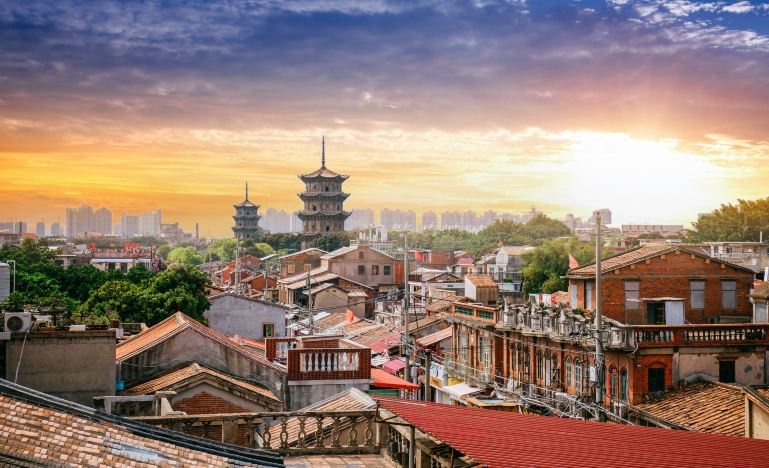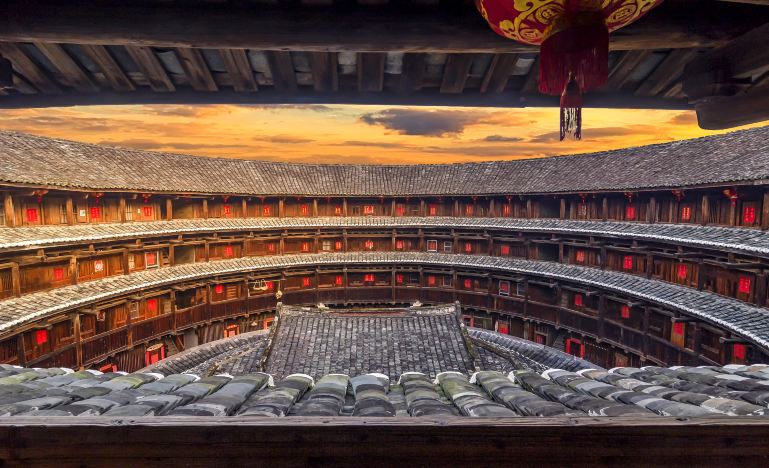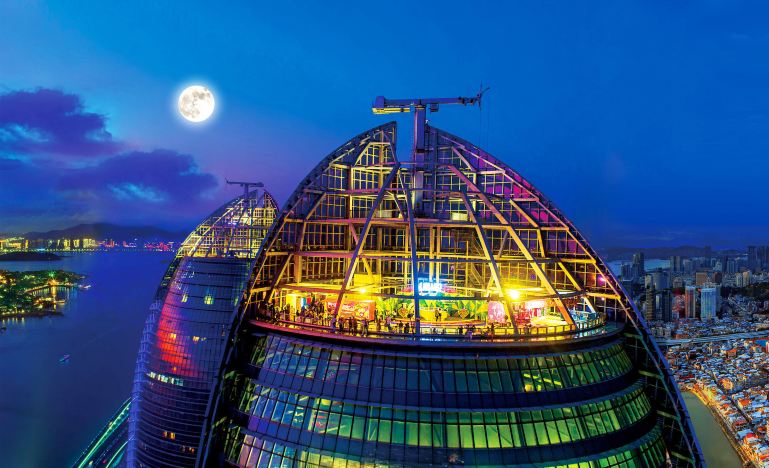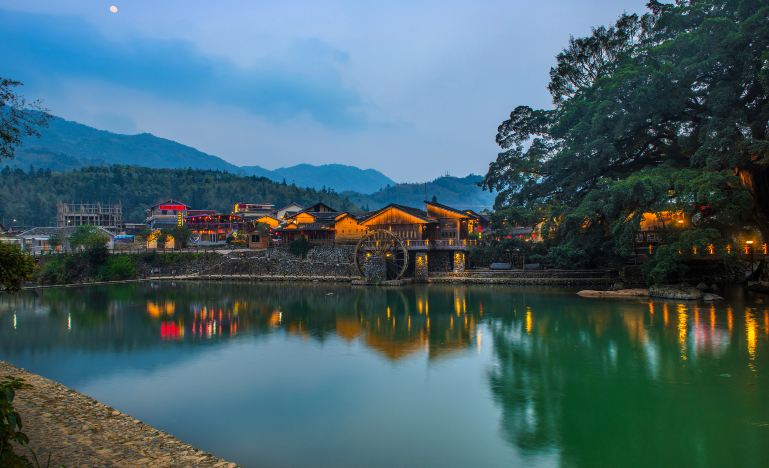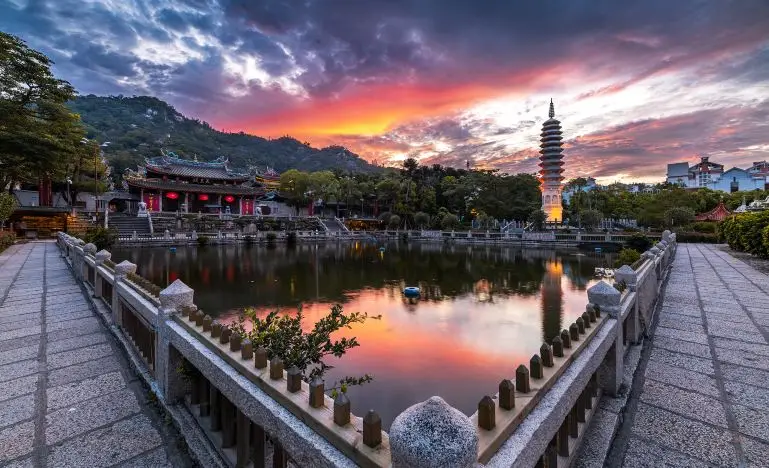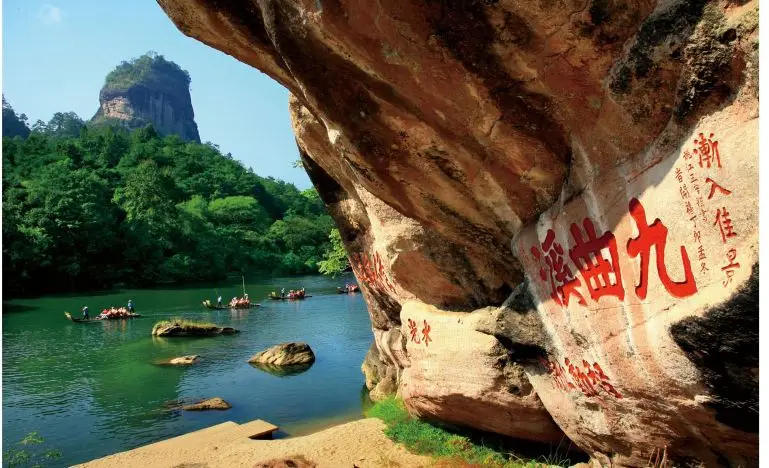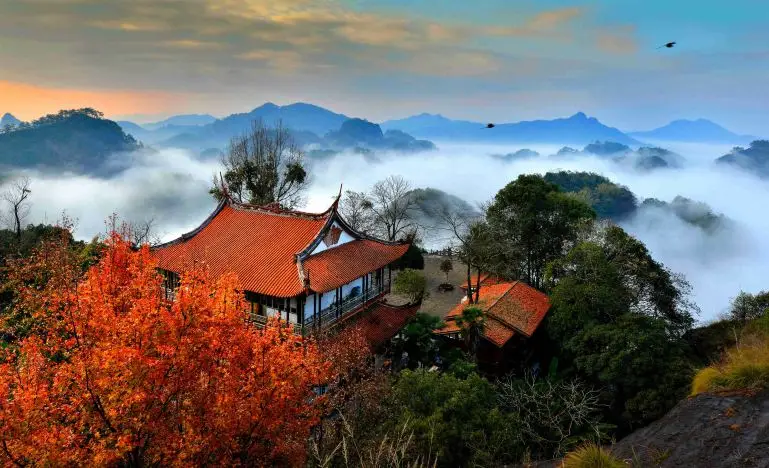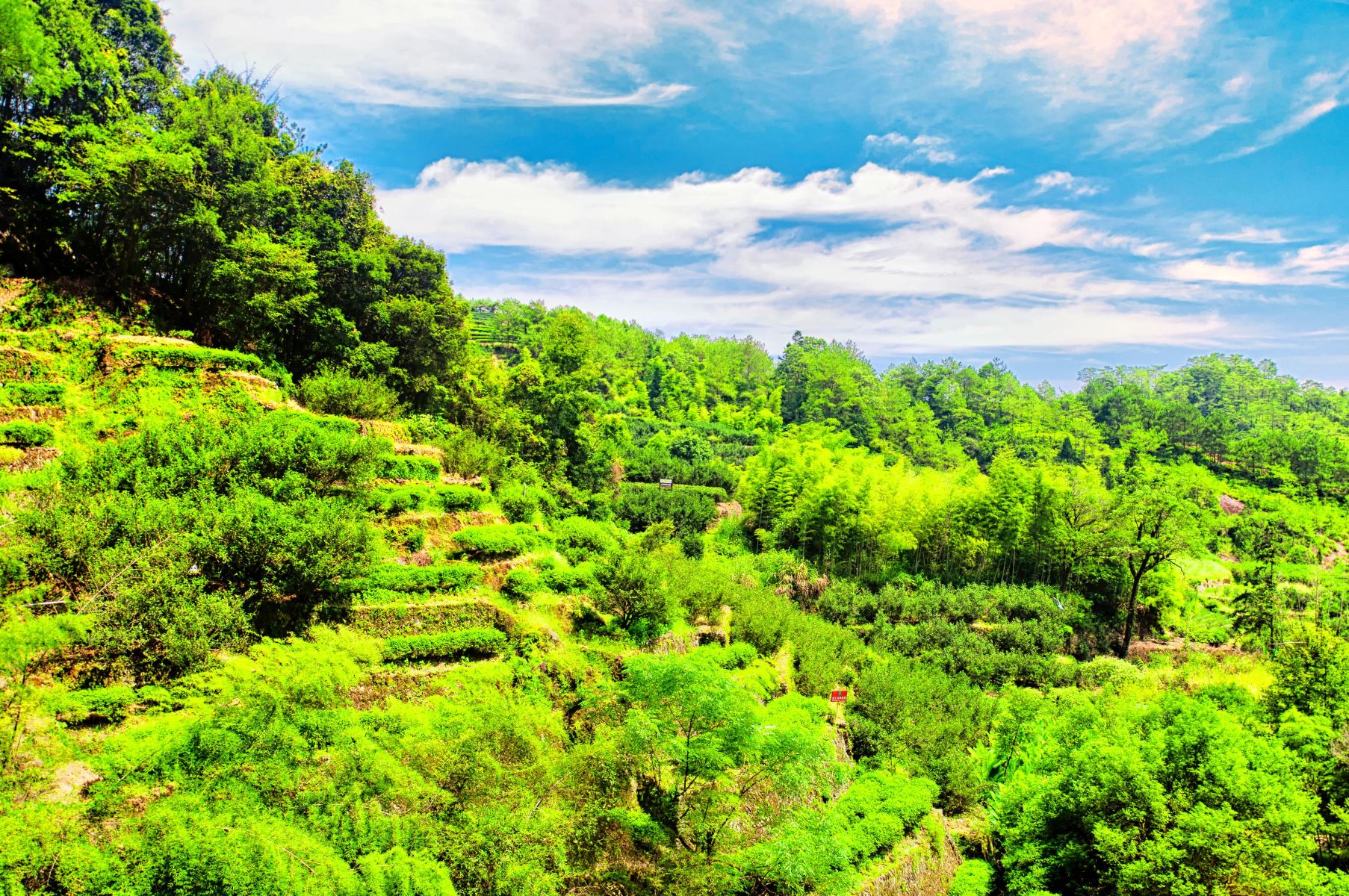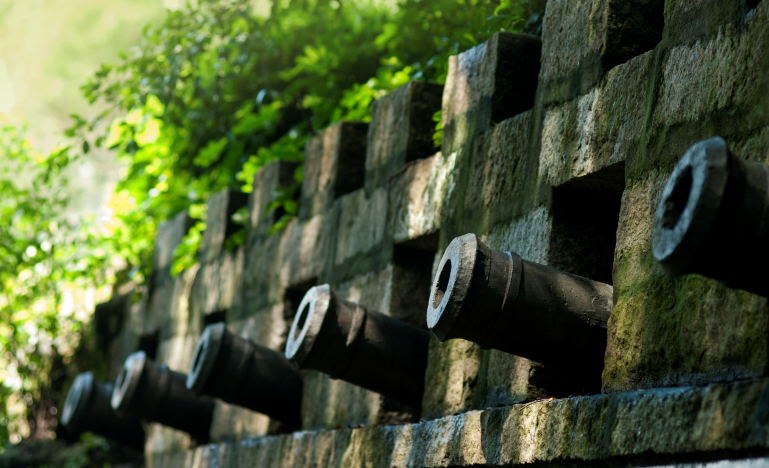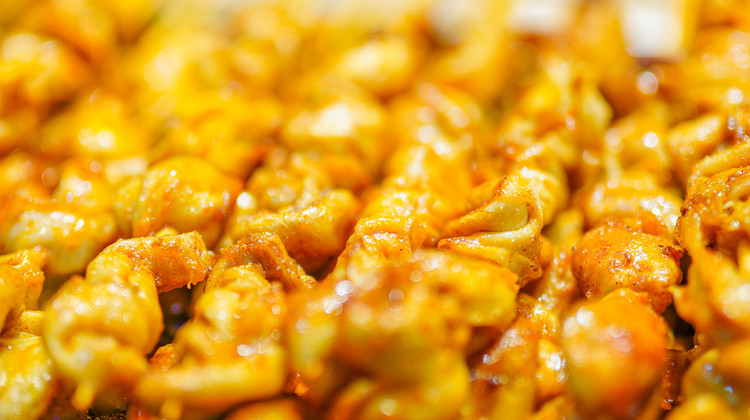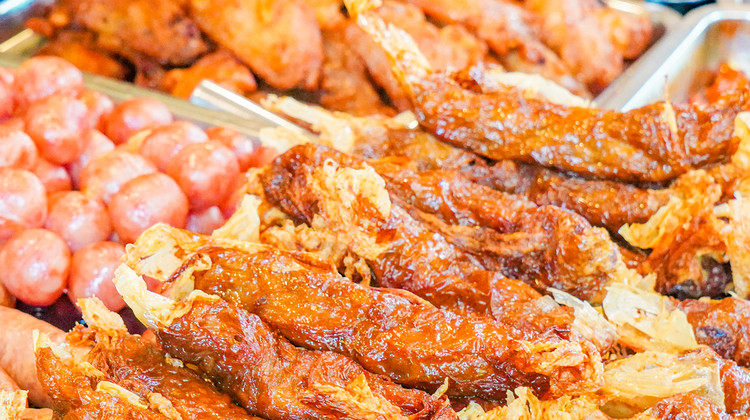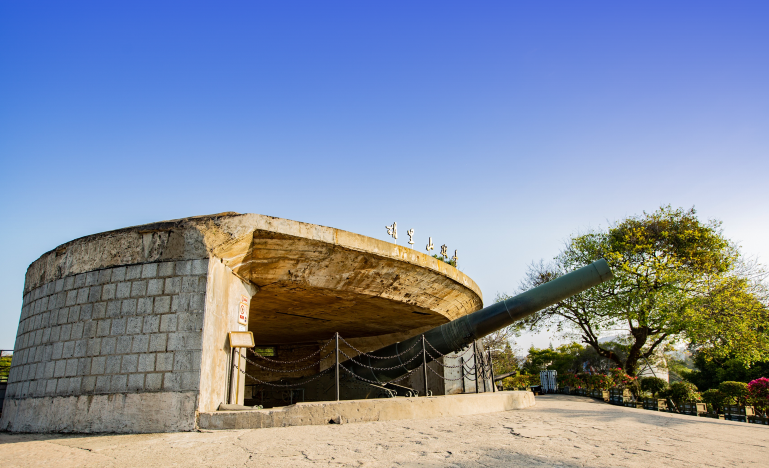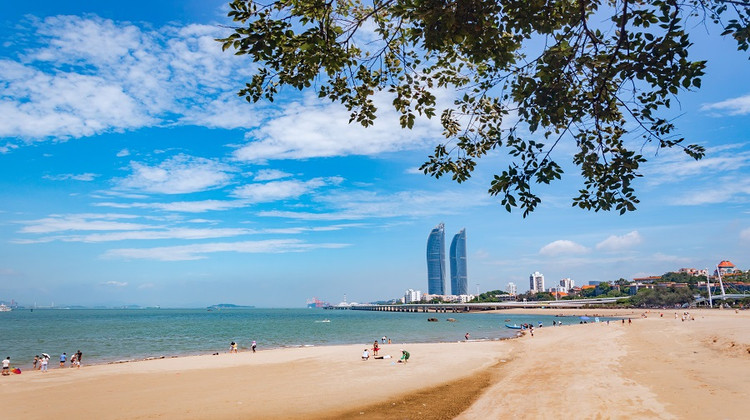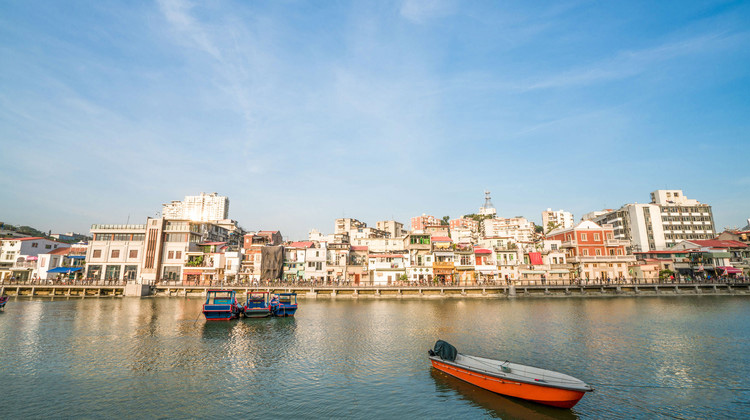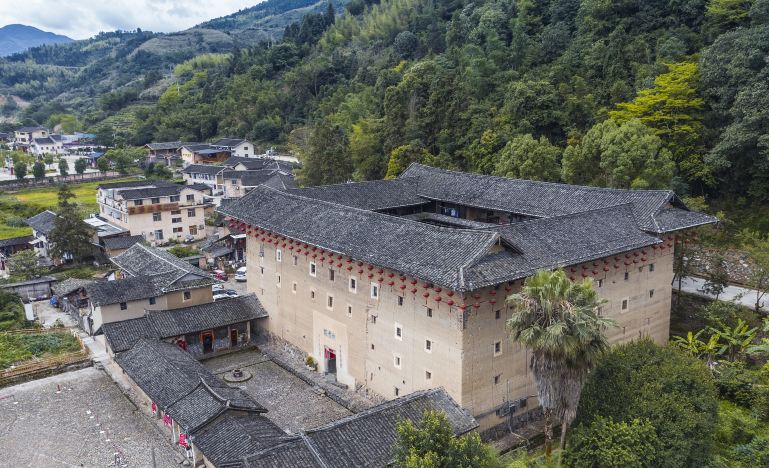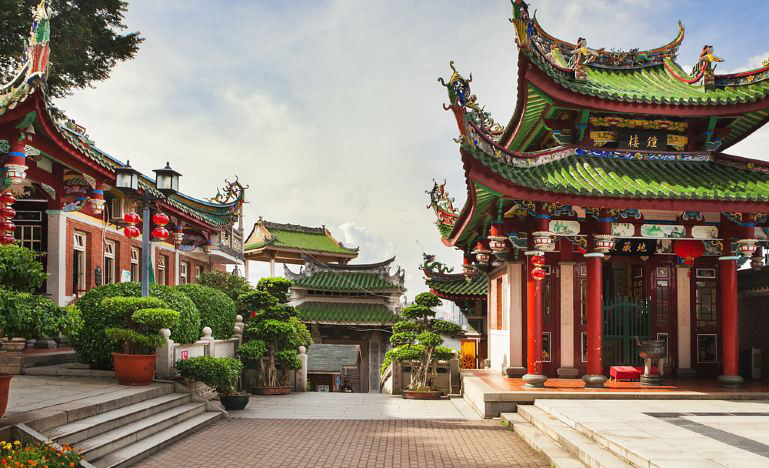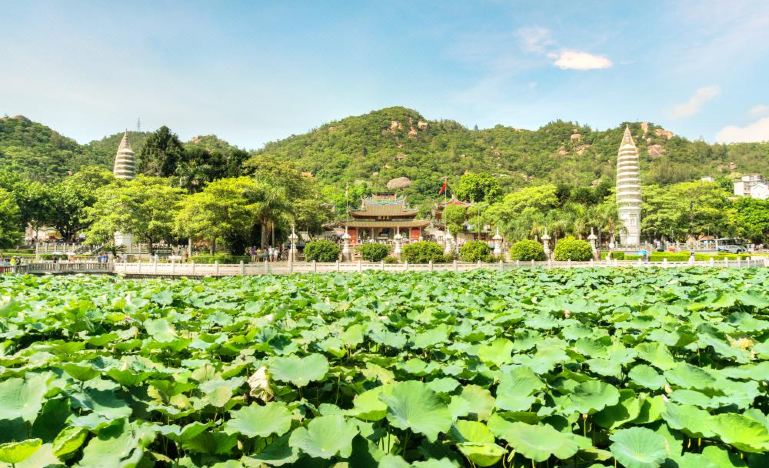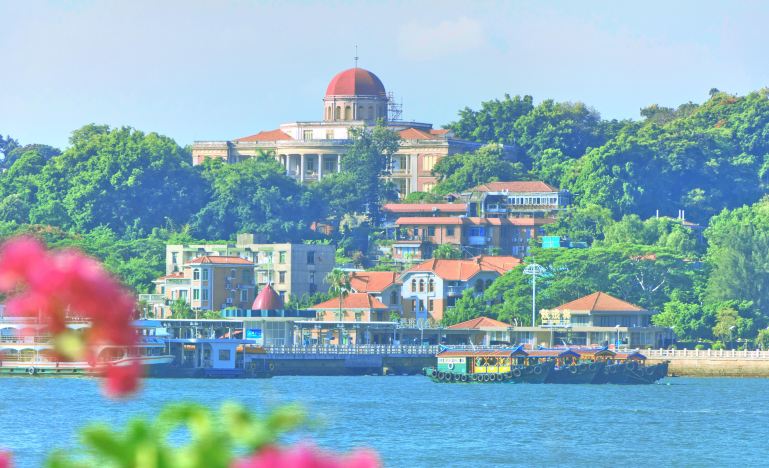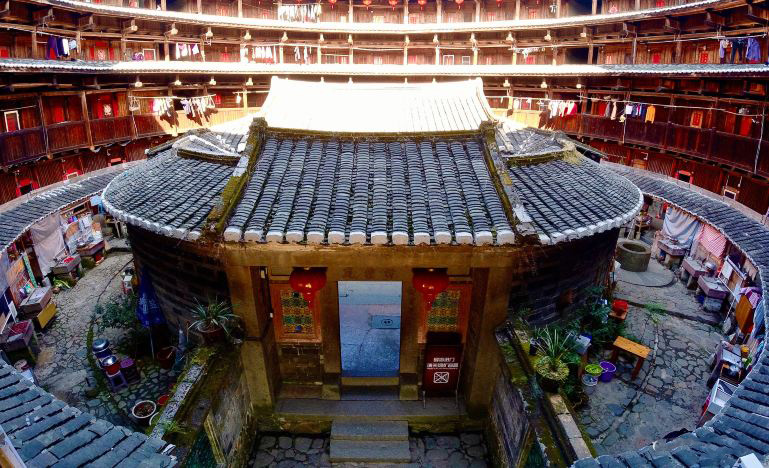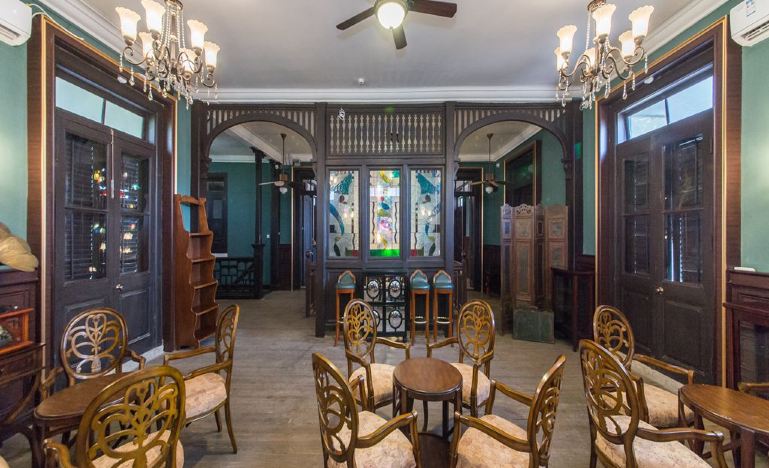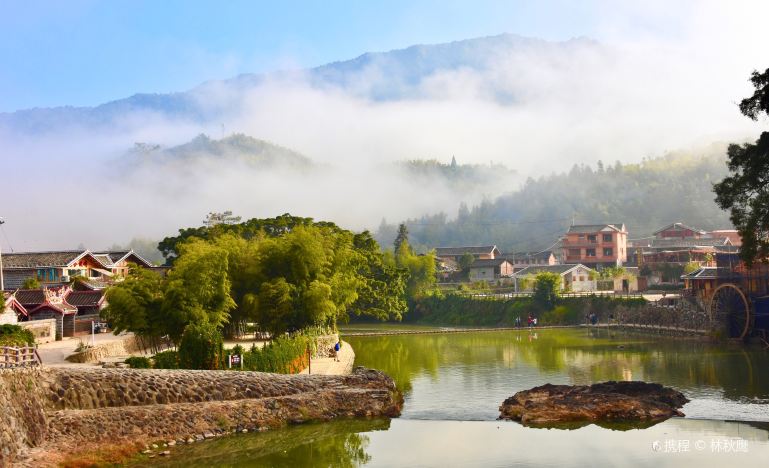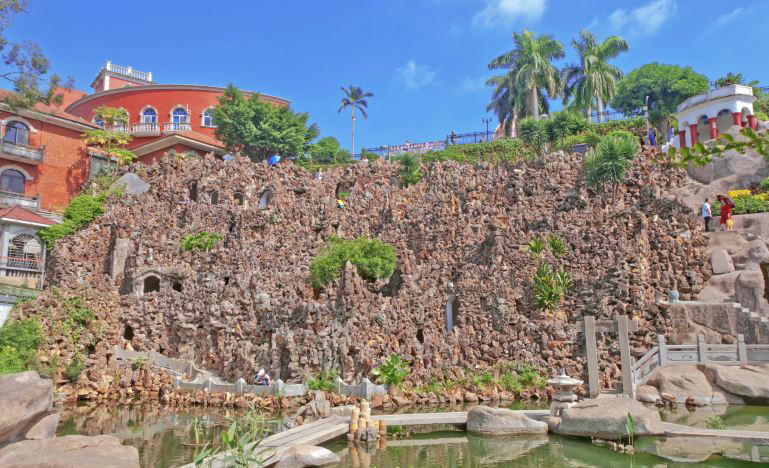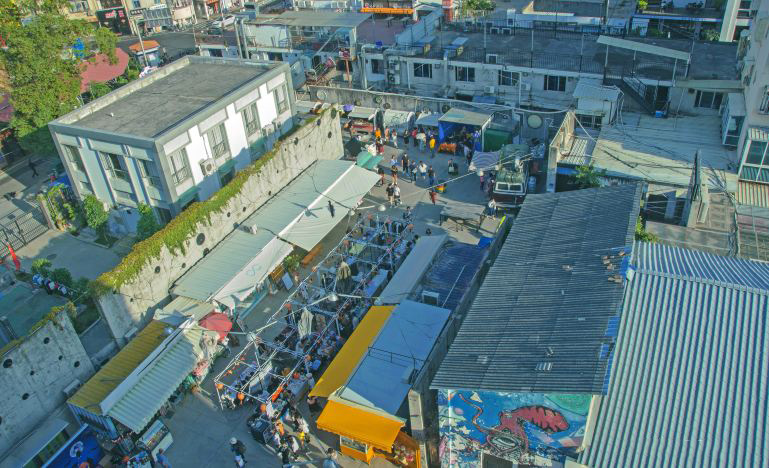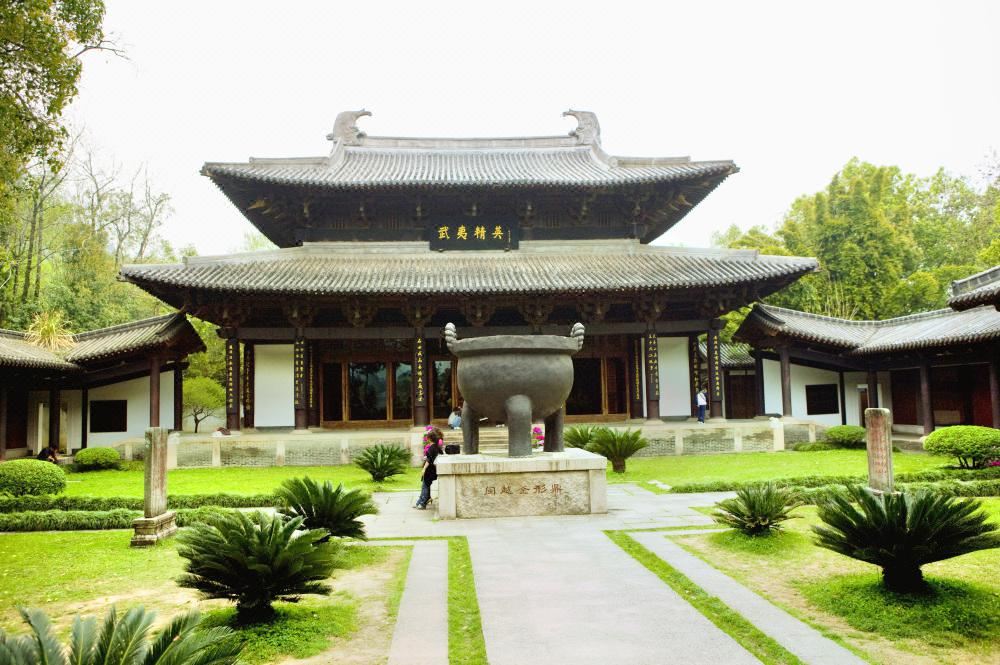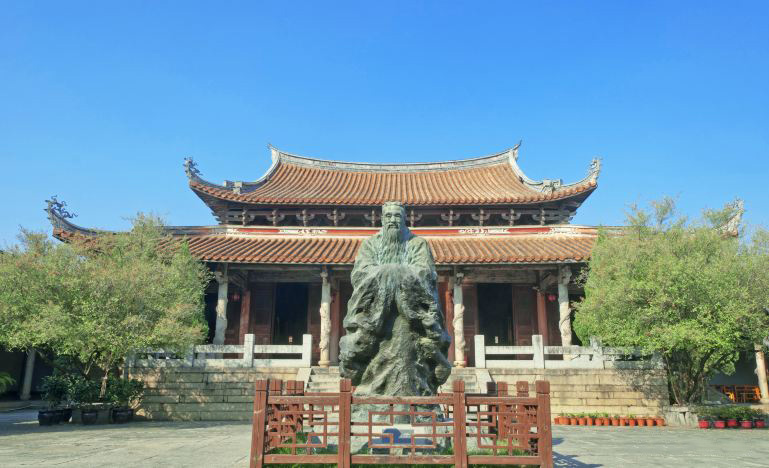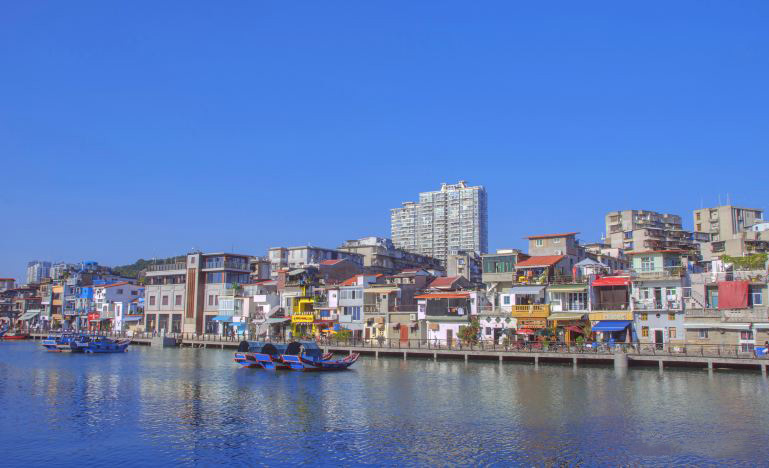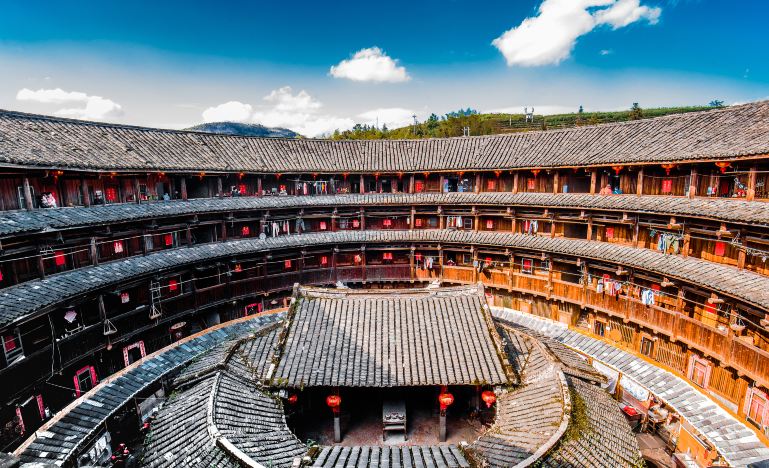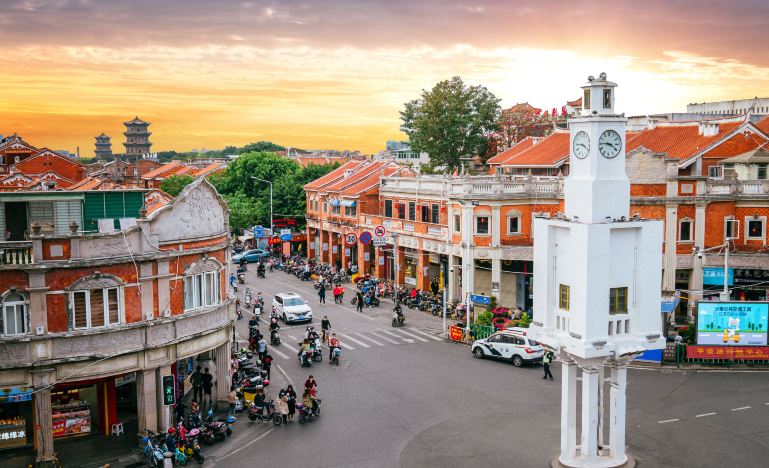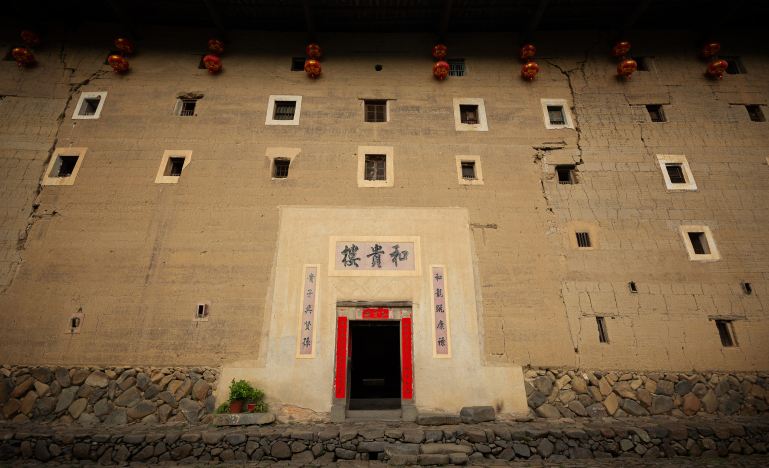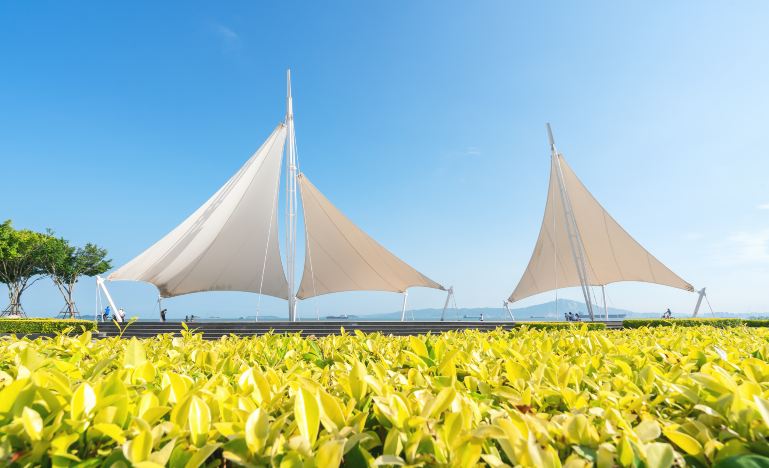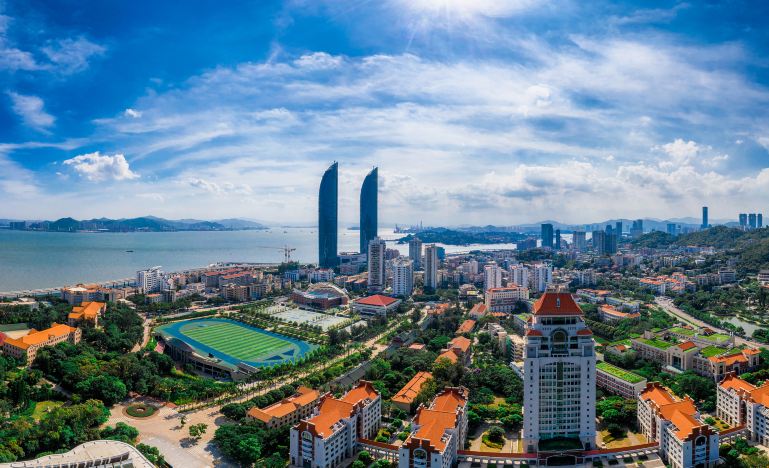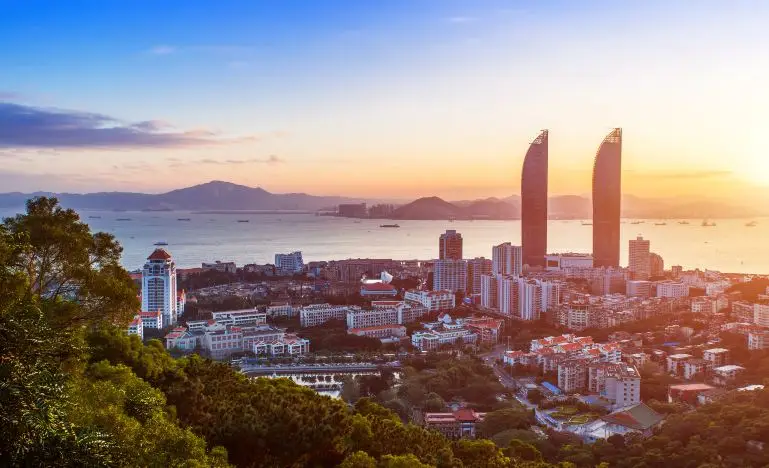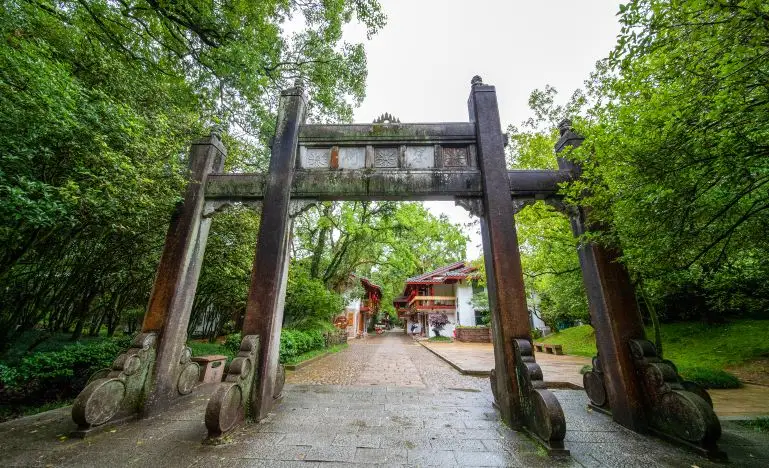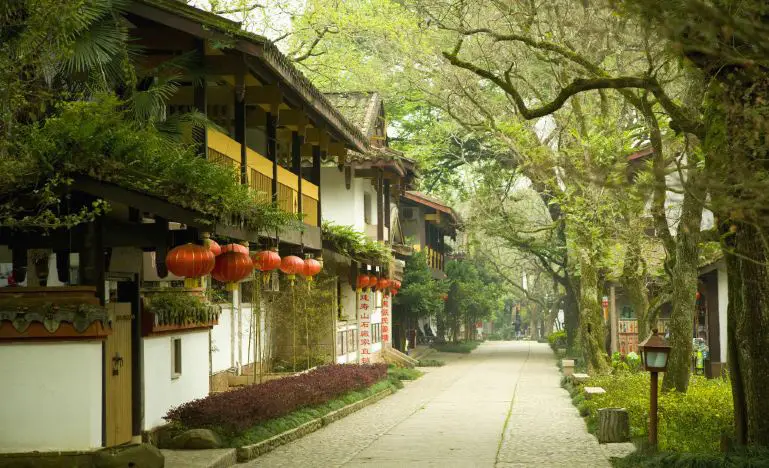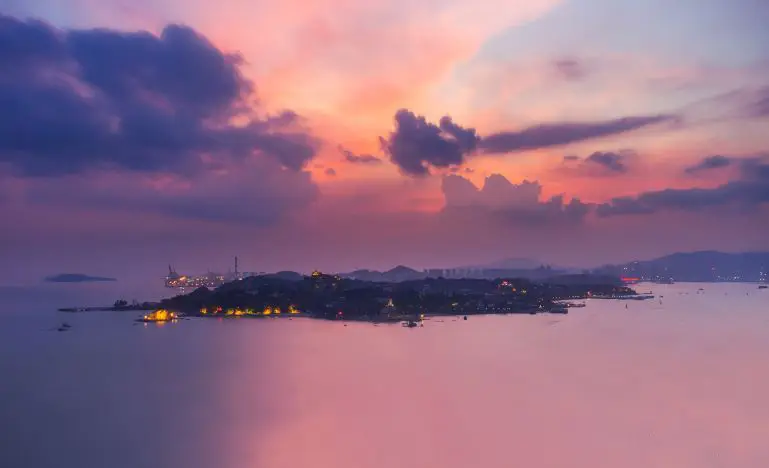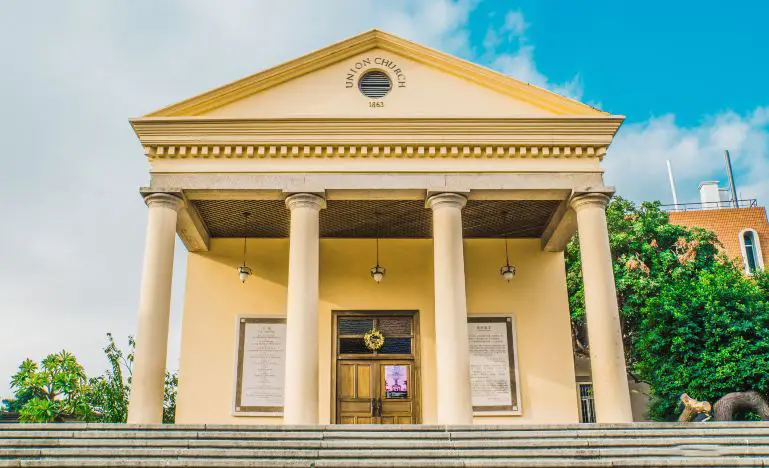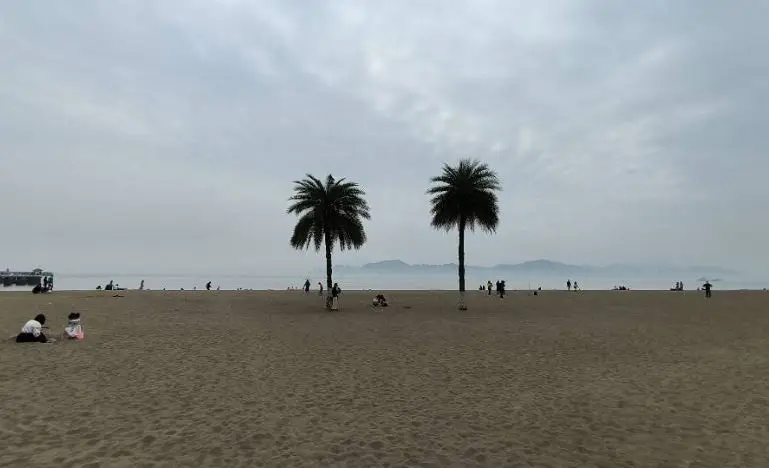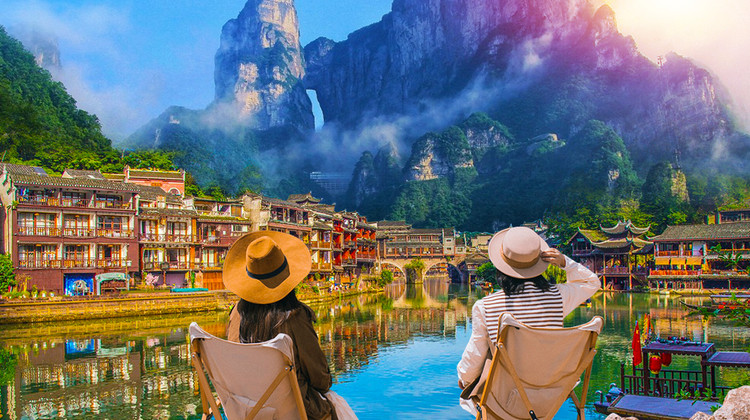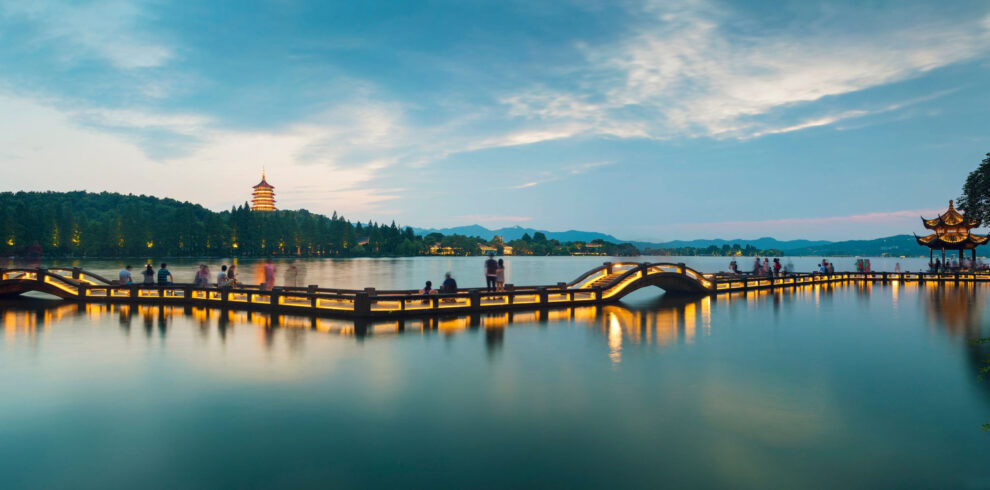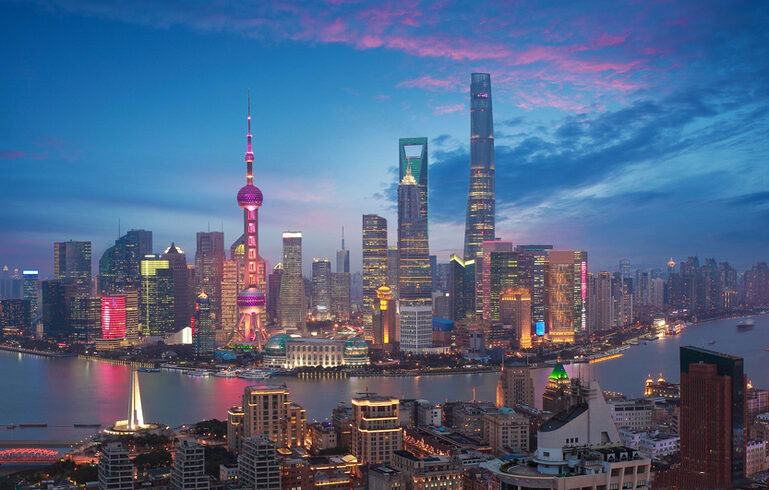Xiamen + Fujian Tulou + Gulangyu + Quanzhou + Wuyi Mountain 7-Day 6-Night Trip
👏 Climb the Tulou, a world of romance, with the sea making up half the view; ascend to the 300-meter high vantage point and gaze at Gulangyu, where the sea and sky become one color; enjoy a 360° view of Xiamen Island, taking in the sights of Xiamen University / Shapowei / Nanputuo / Huan Dao Road / Gulangyu / Zhongshan Road all at a glance~
★ [Heritage Sites Tour · Beautiful Scenery Companion 🌺] Check in at the magical square Tulou “Hegu Lou” built on a swamp; the exquisite double-ring prototype Tulou “Huaiyuan Lou”; take a city walk in Zhangzhou Ancient City to feel the world’s warmth and enjoy the delicious food 🍡. “Unrestrained Tour of Gulangyu” – Seaside beach + Shuzhuang Garden & Hulishan Fortress, check in at the internet-famous photo spot ~ Shapowei sheltered dock & Huan Dao Road; Jiuqu Stream bamboo rafting & climb the high Tianyou Peak;.
Note:
- You can start the trip with a direct flight to Xiamen.
Itinerary
Here are some recommended attractions and activities for your reference:
Recommended 1: Tidal Eye Ferris Wheel – Named after the sun and moon tides, the wheel takes 13 minutes and 14 seconds to complete one rotation, gathering the power of romance. Standing tall at 62 meters, this Ferris wheel themed around tides is the first panoramic Ferris wheel over the sea in Xiamen, revolving with the tides.
Recommended 2: Xiamen Zhongshan Road + Xiamen’s Eighth Seafood Market – When you visit a city, it’s essential to taste the local specialties and stroll through the streets filled with the atmosphere of life.
Recommended 3: Lujiang Night Cruise – Admire the dazzling night view of Xiamen. The reference route includes: Peace Dock → Gulangyu Night View → Zheng Chenggong Statue Night View → The Yanwu Bridge that looks like a silver dragon emerging from the sea → The night view project along the Lujiang coast → International Cruise Center → The unique Fire-burning Island → The Haicang Bridge that dances like a green dragon in the Milky Way → The brilliantly lit Dongdu Container Terminal → Xiamen 10,000-ton shipyard → Return to Peace Dock.
Quanzhou is a prefecture-level port city on the north bank of the Jin River, beside the Taiwan Strait in southern Fujian, People’s Republic of China. It is Fujian’s largest most populous metropolitan region, with an area of 11,245 square kilometers (4,342 sq mi) and a population of 8,782,285 as of the 2020 census. Its built-up area is home to 6,669,711 inhabitants, encompassing the Licheng, Fengze, and Luojiang urban districts; Jinjiang, Nan’an, and Shishi cities; Hui’an County; and the Quanzhou District for Taiwanese Investment. Quanzhou was China’s 12th-largest extended metropolitan area in 2010.
Quanzhou was China’s major port for foreign traders, who knew it as Zaiton, during the 11th through 14th centuries. It was visited by both Marco Polo and Ibn Battuta; both travelers praised it as one of the most prosperous and glorious cities in the world. a cosmopolitan center with Buddhist and Hindu temples, Islamic mosques, and Christian churches, including a Catholic cathedral and Franciscan friaries.
Because of its importance for medieval maritime commerce, unique mix of religious buildings, and extensive archeological remains, “Quanzhou: Emporium of the World in Song-Yuan China [zh]” was inscribed on the UNESCO World Heritage List in 2021.
The Fujian tulou (simplified Chinese: 福建土楼; traditional Chinese: 福建土樓; pinyin: Fújiàn tǔlóu; lit. ‘Fujian earthen buildings’) are Chinese rural dwellings[1] unique to the Hakka in the mountainous areas in southeastern Fujian, China. They were mostly built between the 12th and the 20th centuries.
A tulou is usually a large, enclosed and fortified earth building, most commonly rectangular or circular in configuration, with very thick load-bearing rammed earth walls between three and five stories high and housing up to 800 people. Smaller interior buildings are often enclosed by these huge peripheral walls which can contain halls, storehouses, wells and living areas, the whole structure resembling a small fortified city.
Most of the tulou (with the exception of the Dadi tulou cluster in Hua’an county) are found in a relatively small geographical area, straddling the boundary between the Yongding, Nanjing, and Pinghe counties of Fujian province. Some of tulous are also found in neighboring Guangdong province such as in eastern Dabu County of Meizhou. These are administered as a single tourist site (known as the Nanjing Tulou Scenic Area) with its entrance in Shuyang township (Nanjing County, Zhangzhou). Visits to this area therefore usually comprise a tour of the most distinctive and famous across both the “Yongding” (Gaobei Tulou cluster, Hongkeng Tulou cluster, Chuxi Tulou cluster, Zhenfulou Earthen House, and Yanxianglou Earthen House) and “Nanjing” (Tianluokeng Tulou cluster, Hekeng Tulou cluster, Heguilou Earthen House, and Huaiyuanlou Earthen House) tulou groups.
A total of 46 Fujian tulou sites were inscribed in 2008 by UNESCO as World Heritage Site, as “exceptional examples of a building tradition and function exemplifying a particular type of communal living and defensive organization [in a] harmonious relationship with their environment”. The inscribed sites include Chuxi Tulou cluster, Tianluokeng Tulou cluster, Hekeng Tulou cluster, Gaobei Tulou cluster, Dadi Tulou cluster, Hongkeng Tulou cluster, Yangxian Lou, Huiyuan Lou, Zhengfu Lou, and Hegui Lou.
The Wuyi Mountains or Wuyishan (Chinese: 武夷山; pinyin: Wǔyí Shān; Pe̍h-ōe-jī: Bú-î-soaⁿ; formerly known as Bohea Hills in early Western documents) are a mountain range located in the prefecture of Nanping, in northern Fujian province near the border with Jiangxi province, China. The highest peak in the area is Mount Huanggang at 2,158 metres (7,080 ft) on the border of Fujian and Jiangxi, making it the highest point of both provinces; the lowest altitudes are around 200 metres (660 ft). Many oolong and black teas are produced in the Wuyi Mountains, including Da Hong Pao (‘big red robe’) and lapsang souchong, and are sold as Wuyi tea. The mountain range is known worldwide for its status as a refugium for several rare and endemic plant species, its dramatic river valleys, and the abundance of important temples and archeological sites in the region, and is a UNESCO World Heritage Site.
The Wuyi Mountains are located between Wuyishan City of the Nanping prefecture in northwest Fujian province, and the town of Wuyishan within Shangrao city in northeast Jiangxi province.
Da Hong Pao (Big Red Robe, 大紅袍) is a Wuyi rock tea grown in the Wuyi Mountains of Fujian Province, China. Da Hong Pao has a unique orchid fragrance and a long-lasting sweet aftertaste. Dry Da Hong Pao has a shape like tightly knotted ropes or slightly twisted strips, and is green and brown in color. After brewing, the tea is orange-yellow, bright, and clear. Da Hong Pao can retain its flavor for nine steepings. The tea is often known to be extremely expensive.
Gulangyu, Gulang or Kulangsu is a pedestrian-only island off the coast of Xiamen, Fujian Province in southeastern China. A UNESCO World Cultural Heritage Site, the island is about 2 km2 (0.77 sq mi) in area, and is reached by an 8-minute ferry ride from downtown Xiamen. Although only about 20,000 people live on the island, Gulangyu is a major domestic tourist destination, attracting more than 10 million visitors per year, and making it one of China’s most visited tourist attractions.
Gulangyu Island is renowned for its beaches, winding lanes and rich architecture. The island is on China’s list of National Scenic Spots and is classified as a 5A tourist attraction by the China National Tourism Administration (CNTA). It ranks at the top of the list of the ten most scenic areas in the province.
Xiamen University (XMU; 厦门大学) is a public university in Siming, Xiamen, Fujian, China. It is affiliated with the Ministry of Education of China. The university is part of Project 211, Project 985, and the Double First-Class Construction.
Founded in 1921 by Tan Kah Kee, a Chinese patriotic expatriate businessman in Singapore, the university has been perennially regarded as one of the top academic institutions in Southern China, with strengths in mathematics, chemistry, oceanography, economics, management, law, communication and political science.
Xiamen University is proactive in international exchanges and collaboration. It has forged partnerships with 263 universities abroad and engages in substantial exchanges with 53 institutions. In July 2014, the groundwork for the Xiamen University Malaysia campus was initiated, marking it as the first Chinese university to pioneer an independent campus overseas.
FAQs
A: The Tidal Eye Ferris Wheel in Xiamen is 62 meters tall and takes 13 minutes and 14 seconds to complete one rotation. It is themed around tides and is the first panoramic Ferris wheel over the sea in Xiamen, revolving with the tides.
A:For 144hour-free-visa, you can refer this post 144-hour-Visa-Free Transit policies for Foreign Nationals – A Complete Guide in 2024 – ChinaTravelTips (china-travel-tips.com)

